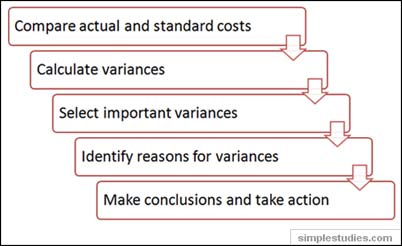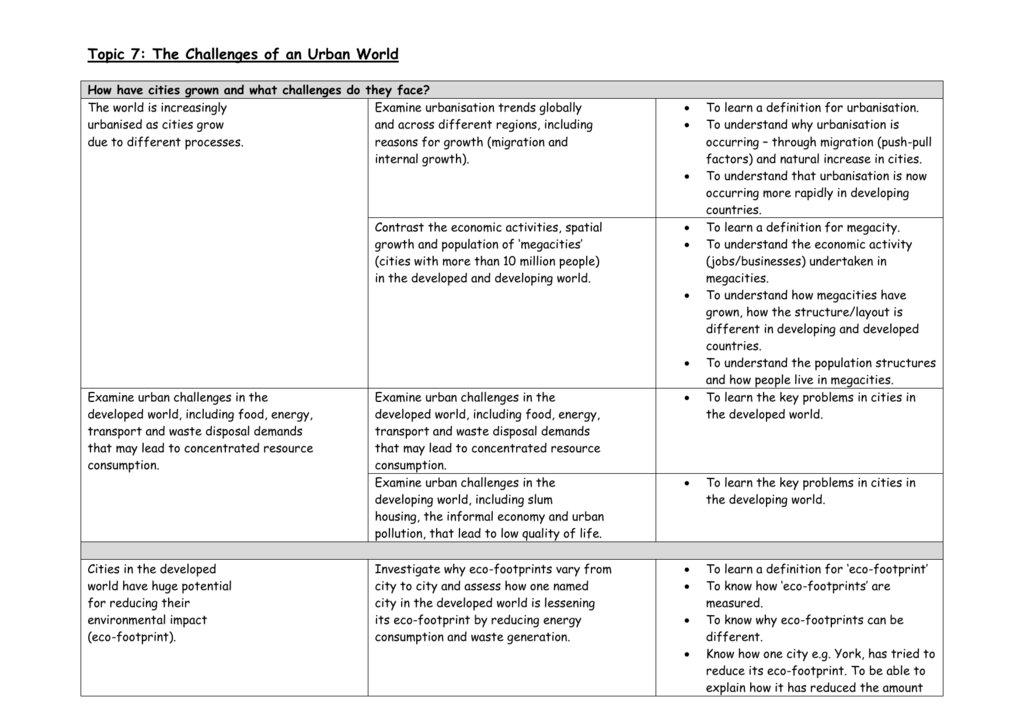
Hooks and Bridges might sound like a board game—and it can be fun—but actually, it’s a technique for drawing students into academic learning via something they already know, feel, or suspect. The “hook” part is what you can do at the very start of a new unit or lesson to capture students’ attention and interest. It’s what you say or do to connect the hook to the key concepts of your lesson. Researchers have found that one key way to encourage intrinsic motivation to learn is by making classroom lessons relevant to students’ lives. The introduction is the first section of your thesis or dissertation, appearing right after the table of contents.
- If you are studying hard or social sciences, the scientific relevance of your dissertation is crucial.
- The way you structure your essay is crucial to presenting your argument coherently.
- In addition, there are a number of contests and competitions for students to enter in classes across the curriculum.
- Your definitions of words like “generation,” “quick driving decisions,” and “cloverleaf systems” could jolt your audience out of assumptions they have taken for granted as truth.
- It should lead the reader into your essay, giving a sense of why it’s interesting.
It tells the reader what to expect in a paper and what the specific focus will be. Sometimes in a long paper, the thesis will be expressed in several sentences or an entire paragraph. A thesis or dissertation outline is one of the most critical first steps in your writing process. It helps you to lay out and organize your ideas and can provide you with a roadmap for deciding what kind of research you’d like to undertake. Some students find it helpful to write out their ideas in full sentences, while others prefer to summarize them in short phrases. Our district has moved toward using a relevancy statement at the beginning of a unit or lesson.
#2: Avoid unnecessary mental time travel
In this way, students are able to relate to the content by taking ownership of their learning. In this example, you have used a culturally responsive, universally designed lesson to include all students in a relevant way. When planning a lesson, think about the connections students will be able to make.

It is useful combined with measures of the information content of the variable e in terms of its entropy. Relevance (via the concept of irrelevance) and information content then characterize the observation variable and can be used to measure its sensitivity and specificity (respectively) as a test for alternative hypotheses. In formal reasoning, relevance has proved an important but elusive concept. It is important because the solution of any problem requires the prior identification of the relevant elements from which a solution can be constructed. It is elusive, because the meaning of relevance appears to be difficult or impossible to capture within conventional logical systems. The obvious suggestion that q is relevant to p if q is implied by p breaks down because under standard definitions of material implication, a false proposition implies all other propositions.
Demonstrated the importance and significance of the subject
Relatedness provides relevance to students first via the developing relationship between teacher and student. Relevance then helps students see that the content is worth knowing by showing how it fits into their current and future frame of reference. Research shows that relevant learning means effective learning, and that alone should be enough to get us rethinking our lesson plans. Relevant, meaningful activities that both engage students emotionally and connect with what they already know are what help build neural connections and long-term memory storage. By gaining a greater understanding of who our learners are as people, we maximise the chances of motivating and engaging them in the classroom. We can link lesson content to their interests, be flexible in how we respond in the classroom and adapt pre-prepared lesson plans to make the content more meaningful and relevant.
- I found this particularly frustrating because it suggested an inability to recognize what good teaching/learning is.
- “Don’t try to do too much at once.” In today’s world, many of us are us are just like the boy putting his hand into the pitcher.
- The introduction is often one of the last parts of the research paper you’ll write, along with the conclusion.
- By making your lessons more relevant to students’ lives and experiences, you can engage and help them.
- Let’s look at the first anecdote example to demonstrate how we could go from the attention-getter to the topic.
If you are an undergraduate student and you are delivering a speech about the importance of string theory in physics, unless you are a prodigy of some kind, you are probably not a recognized expert on the subject. Conversely, if your number one hobby in life is collecting memorabilia about the Three Stooges, then you may be an expert about the Three Stooges. However, you would need to explain to your audience your passion for collecting Three Stooges memorabilia and how this has made you an expert on the topic. After the attention-getter, the second major part of an introduction is called the link to topic. The link to topic is the shortest part of an introduction and occurs when a speaker demonstrates how an attention-getting device relates to the topic of a speech.
Put Your Topic into a Sentence
Therefore, faculty are being asked to recognize that students must “do” science to “learn” science and their teaching methods should reflect this change. Many job candidates feel uncomfortable asking questions and fielding audience responses, because they are afraid they might not be able to quickly process an answer or handle follow-up questions. If a question is asked that is difficult to answer, give yourself time to thoughtfully consider the question by turning the question back to the audience.
You do not need to give a long historical explanation about coffee exports in Africa. If a research problem requires a substantial exploration of the historical context, do this in the literature review section. In your introduction, make note of this as part of the “roadmap” [see below] that you use to describe the organization of your paper. Incorporating active-learning techniques into the classroom greatly enhances student learning (e.g., Bonwell and Eison, 1991; Bransford et al., 2000; Knight and Wood, 2005; Ruiz-Primo et al., 2011). Effectively incorporating any of these active-learning activities into your teaching demonstration can be impressive to the search committee. Although it is common for science teachers to feel the need to cover large amounts of content, effective teaching does not sacrifice depth, problem solving, and critical thinking in the process (Coil et al., 2010).
There are technical problems with this definition, for example, the relevance of a piece of evidence can be sensitive to the order in which other pieces of evidence are received. ] have sought to account for relevance in terms of “possible world logics” in intensional logic. Roughly, the idea is that necessary truths are true in all possible worlds, contradictions (logical falsehoods) are true in no possible worlds, and contingent propositions can be ordered in terms of the number of possible worlds in which they are true. Relevance is argued to depend upon the “remoteness relationship” between an actual world in which relevance is being evaluated and the set of possible worlds within which it is true.
Relevance of Your Dissertation Topic Criteria & Tips
When teaching demonstrations are included in the interview process, candidates are most often asked to prepare materials for an undergraduate course for majors, irrespective of institution type. Faculty members of the department and hiring committee typically attend the presentations. Regardless of the audience, candidates are typically told to treat the audience as though they were students. Many institutions require candidates for faculty positions to present a teaching demonstration as part of the interview process.
Think critically about your own experiences and/or frustrations with an issue facing society or related to your community, your neighborhood, your family, or your personal life. This can be derived, for example, from deliberate observations of Demonstrate the Relevance of the Topic certain relationships for which there is no clear explanation or witnessing an event that appears harmful to a person or group or that is out of the ordinary. Your goal is to convince potential clients that you’re the best in the biz, right?

The key is providing multiple perspectives and allowing students to make their own determinations. Or if there is a traumatic occurrence in the community, just name it and give students space to mourn, get angry, or just connect with it. Emdin talks about the “place and space” we create for students as educators. If our students’ worlds remain disconnected from the classroom, then we are sending the message that their identities and communities don’t matter.
Let’s say you have a fairly strong thesis statement, and that you’ve already brainstormed a list of information that you know about the topic. Using your thesis statement, you can select only the information that (1) is directly related to the thesis and (2) can be arranged in a sequence that will make sense to the audience and will support the thesis. In essence, a strong thesis statement helps you keep useful information and weed out less useful information.
When your thesis statement is sufficiently clear and decisive, you will know where you stand about your topic and where you intend to go with your speech. Having a clear thesis statement is especially important if you know a great deal about your topic or you have strong feelings about it. If this is the case for you, you need to know exactly what you are planning on talking about in order to fit within specified time limitations. Knowing where you are and where you are going is the entire point in establishing a thesis statement; it makes your speech much easier to prepare and to present.
In addition, there are a number of contests and competitions for students to enter in classes across the curriculum. Examples of these range from essay contests to competitions like the Real World Design Challenge. This seems simple, but often requires extra investigative work on the part of the teacher. Instead of simply teaching about a topic, find examples of how people use this information in the real world.
Library and information science
” part of your speech because it tells your audience why the topic is directly important to them. Sometimes you can include the significance of your topic in the same sentence as your link to the topic, but other times you may need to spell out in one or two sentences why your specific topic is important. Research problems in the social and behavioral sciences are often analyzed around critical questions that must be investigated. When students can handle objects and artifacts and conduct experiments, their learning is enriched.
This is determined by the conscious exclusionary and inclusionary decisions you make about how to investigate the research problem. In other words, not only should you tell the reader what it is you are studying and why, but you must also acknowledge why you rejected alternative approaches that could have been used to examine the topic. Moreover, they follow the same research principle, structure and presentation.
David Zarefsky (2010) also identifies brainstorming as a way to develop speech topics, a strategy that can be helpful if the questions listed above did not yield an appropriate or interesting topic. Starting with a topic you are already interested in will likely make writing and presenting your speech a more enjoyable and meaningful experience. It means that your entire speechwriting process will focus on something you find important and that you can present this information to people who stand to benefit from your speech.
The thesis statement should be placed at the end of your essay introduction. However, sometimes you might start with a transition sentence to summarize what was discussed in previous paragraphs, followed by the topic sentence that expresses the focus of the current paragraph. You can send one to me at When you send it in, let me know if I can use your real name if it’s selected or if you’d prefer remaining anonymous and have a pseudonym in mind. The great majority of “difficult” students have lived through difficult experiences. Teachers should take advantage of the opportunity to make a positive impact on their students through positive relationships and the development of lessons that can impact their lives. When you get to know your students, you can develop themed units that can relate to students’ lives and motivate them to succeed.
New study: Pig kidneys — for the first time — demonstrate “life … – University of Alabama at Birmingham
New study: Pig kidneys — for the first time — demonstrate “life ….
Posted: Wed, 16 Aug 2023 15:02:48 GMT [source]
Students could share their community through more pictures or other artistic representations, or through interviews with senior leaders of their community. This helps students realise the content is not just interesting but also worth knowing. Students need a personal connection to the material, whether that’s through engaging them emotionally or connecting the new information with previously acquired knowledge.

